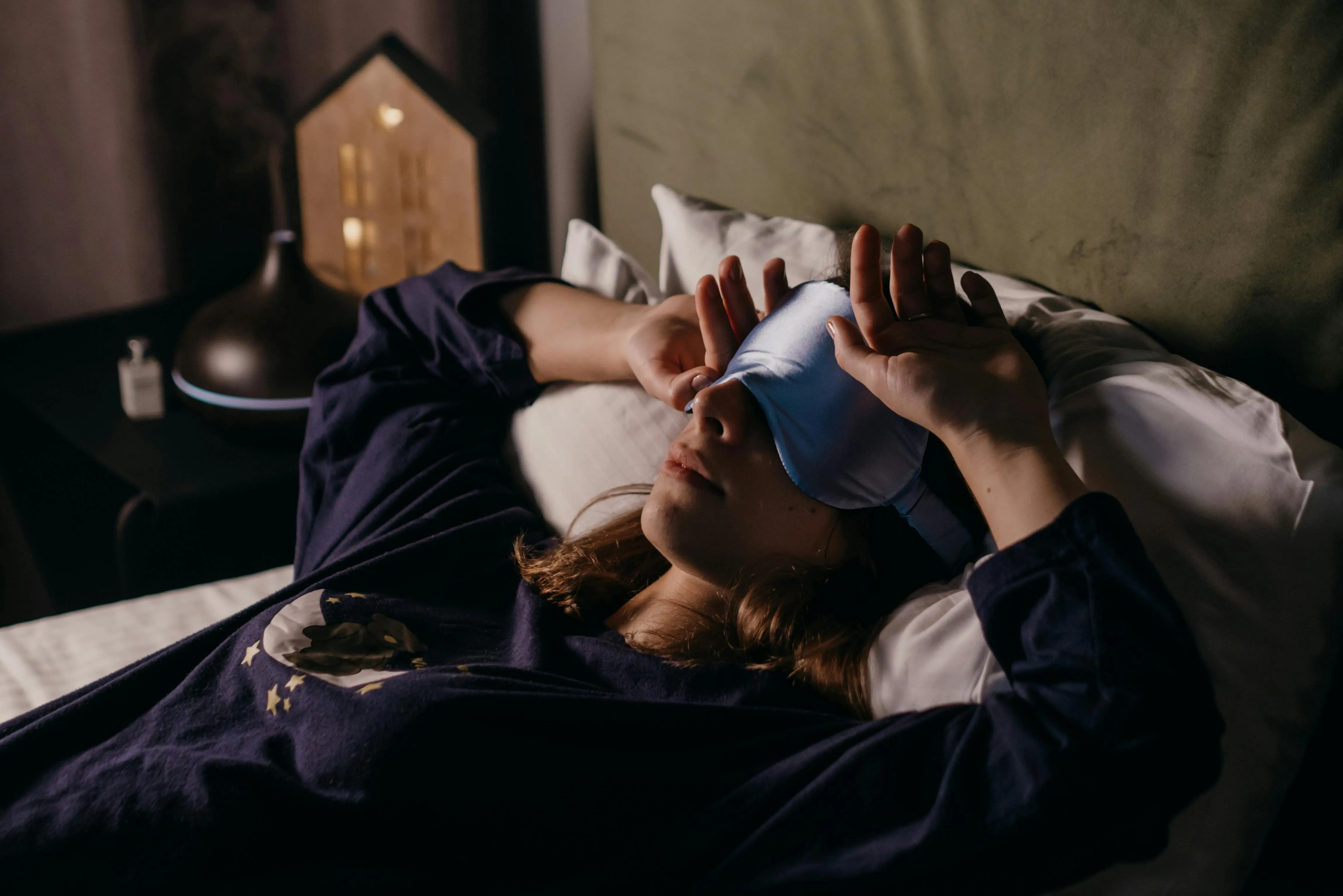If you frequently awaken in the middle of the night, trembling in terror, you might want to consider swapping sides.
According to research conducted by Dr. Mehmet Yucel Agargun and colleagues at Yüzüncü Yil University in 2004, individuals who sleep on their left side experience more nightmares than those who sleep on their right.
In the study, the researchers examined the sleeping positions and dream patterns of 63 healthy adults. They found that 40.9% of left-side sleepers reported frequent nightmares, compared to only 14.6% of right-side sleepers. The theory is that sleeping on any side causes an imbalance, but the left side results in more intense emotions and feelings of insecurity, which are strong associations with feminine qualities in traditional Chinese medicine. The right is more masculine and grounding, and evokes dreams of safety and relief.

Image via Pexels
Note: While this research dates back to 2004, body position is still considered a possible influence on dream content, though newer studies are limited and findings vary.
Roll onto your stomach for wilder dreams
In 2012, Dr. Calvin Kai-Ching Yu of Hong Kong Shue Yan University conducted a study involving 670 adults, examining the relationship between sleeping positions and dream patterns. The findings indicated that individuals who sleep facedown on their stomachs tend to have more exciting and positive dreams overall.
Sleeping belly down provides a wide range of positive dreams, covering everything from seeing UFOs to wandering around naked. Most common are dreams about love affairs, most likely dreams about dating celebrities or more realistic (and erotic) experiences with one's significant other.

Image via Pexels
While it's not exactly known why this happens, it's thought that pressing your face into your pillow leads your brain to think about sex, which results in love-related dreams.
Interestingly, stomach sleepers are in the minority when it comes to favorite nighttime positions. According to research from Professor Chris Idzikowski, most people choose to stay on their side or back throughout the night, rarely rolling onto their stomach. This is most likely attributed to the fact that sleeping facedown restricts breathing, and let's face it, being unable to inhale isn't very comfortable.
Sleep on your back for a wider variety of dream types
When back-sleeping with your face up on your pillows, your head rests at an uncomfortable and unnatural angle. This position can cause your tongue to rest itself on your throat, and as your tongue moves, it creates snoring, which can actually wake you up.
Not only do back sleepers typically snore, but they also tend to toss and turn more while asleep. This movement throughout the night also tosses sleepers' dreams around, and as a result, they tend to have erratic and unpredictable dream patterns.

Image via Pexels
Unlike the common erotic dreams of stomach sleepers and the nightmares faced by those who stay on their left side, back sleepers report having a random variety of dreams.
Those who awake on their backs often don't recall having any dreams. So, if you're not a fan of dreaming, sleep on your back, but if you want to create a dream journal, do anything but.
Move around to shape your dreams
Now that you know what positions shape your dreams, shake things up by choosing a new way to sleep. If you're tired of facing the same nightmare every night, try sleeping on your stomach for more pleasant dreams. Can't stand the slight suffocation that occurs on your stomach? Roll onto your side and try out a few scary dreams.
Whatever you choose, keep in mind that you can alter your nighttime experience by moving around. And if you don't want to leave it up to chance, try lucid dreaming (made easier with some lucid dreaming goggles).
Research into dreams continues
While the foundational studies mentioned above provide insight into how sleeping positions may influence dream content, it's important to note that research in this area is ongoing. As of 2025, no substantial new studies have emerged to significantly alter these findings. However, advancements in sleep research continue to explore the complexities of dreaming and its relationship with various physiological and psychological factors.
For those interested in delving deeper into the science of dreams and sleep, resources such as the National Sleep Foundation and recent publications in sleep research journals offer comprehensive information on the latest findings in the field.
























Comments
Be the first, drop a comment!